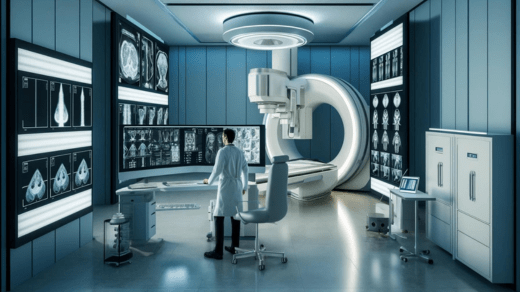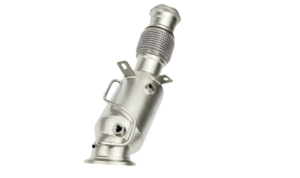
Computed Radiography (CR)
Medical imaging is constantly evolving. Technological advancements lead to faster, more efficient, and better patient care. Digital Radiography (DR) and Computed Radiography (CR) are the most recent advancements that have boosted operational efficiency in radiology departments worldwide. Each technology utilises dedicated rooms equipped with equipment to capture diagnostic images. Comprehending the differences between DR and CR rooms is essential for healthcare professionals and patients.
What Should You Know About a Digital Radiography Room?
The DR room symbolises the integration of advanced imaging technology and customised patient care. In DR rooms, the conventional X-ray systems have been replaced by digital imaging equipment and advanced image processing software.
The Common Types of DR Rooms
Since the shift away from screen and film-based radiography, imaging facilities are rapidly investing in digital radiography. Here are the common types of DR rooms for imaging facilities.
● DX-D 300 U-arm
It is a versatile digital radiography tool that can accomplish various clinical objectives. The unique U-arm design offers excellent manoeuvrability and allows for accurate positioning.
● DR 400i Floor
The DR 400i Floor derives its name from its floor-mounted design. The system comes with advanced imaging technology and sophisticated software that delivers exceptional image quality. It is suitable for emergency rooms, busy imaging facilities, orthopaedic clinics, etc.
● DR 600 Ceiling
DR 600 Ceiling is the latest digital radiography room that is technologically advanced and provides top performance and easy usage. This digital radiography system is installed by the ceiling, where the space given on the floor can be used maximally. The DR 600 Ceiling, which has smart and workflow sensing capabilities, enhances productivity in healthcare institutions.
Overview of a Computed Radiography Room
The CR rooms are a multifunctional and cost-efficient option for any healthcare or imaging facility. These rooms are based on recyclable imaging plates and X-ray readers.
● Types of CR Rooms
Listed are the common types of CR rooms in healthcare and imaging facilities.
● CR 10-X
The CR 10-X is an advanced CR system for small and medium-sized medical and imaging facilities. Its distinctive space-saving design sets it apart from other CR rooms, and it provides top-class diagnostic images.
● CR 12-X
The CR 12-X is a high-performance CR room tailored to meet the needs of the current radiology departments. The CR 12-X, with its stylish design and user-friendly interface, ensures a hassle-free operation.
● CR 15-X
The CR 15-X room is the most advanced CR room. With excellent imaging quality and automated processes, it would be ideal for trauma centers and some specialised imaging clinics.
The Implications of DR and CR Rooms
Integrating DR and CR rooms into any imaging or healthcare facility involves a set of implications. For instance, facilities should invest in staff training before acquiring CR and DR rooms. Moreover, imaging facilities should have a foolproof plan for the maintenance of CR and DR systems.
Incorporating DR and CR rooms into any imaging or healthcare facility requires addressing the implications. Similarly, facilities need to train their staff before installing CR and DR rooms. In addition, the facilities should have a contingency plan for their CR and DR system maintenance.
Conclusion
The integration of CR and DR rooms is changing the radiology field. As imaging centers, healthcare facilities, and radiology departments invest in these innovative solutions, it is essential to address the implications. By addressing these implications, healthcare facilities can provide enhanced patient-centred care.








